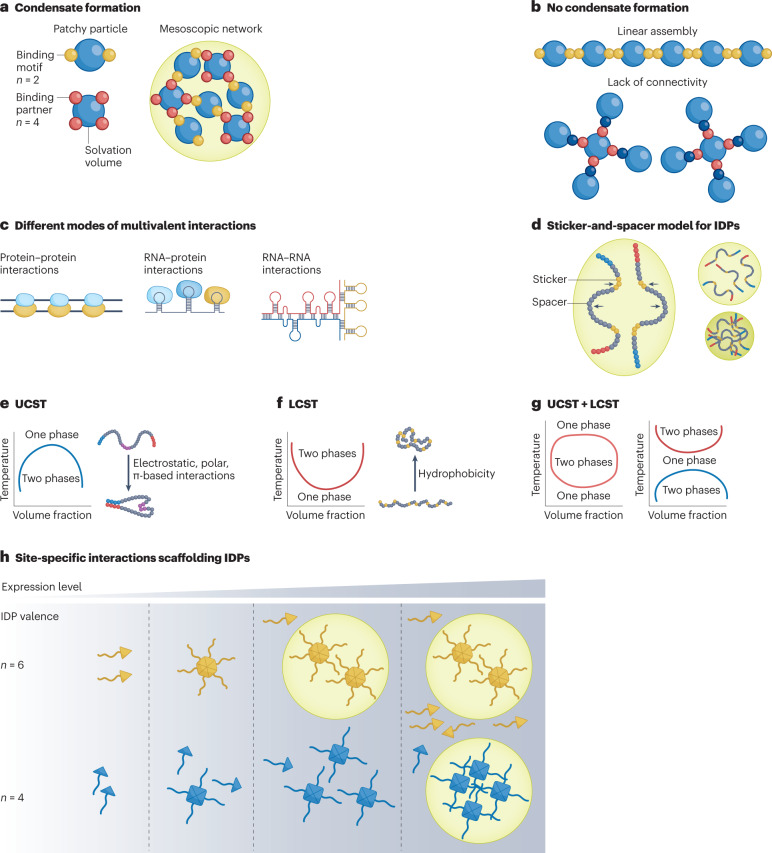Fig. 1. Principles of condensate formation.
a, Patchy particle model that explains the principle of multivalency mediated phase separation. b, Network formation is determined by the valency and the connectivity within the network. c, Different modes of multivalent interactions between different types of biomolecules. d, Sticker-and-spacer model represents how intrinsically disordered proteins (IDPs) undergo solvent-mediated phase transition. e, Phase diagram for upper-critical-solution-temperature (UCST) phase behaviour, in which a decrease in the system temperature results in strong intermolecular interactions and drives phase separation. f, Phase diagram for lower-critical-solution-temperature (LCST) phase behaviour, in which an increase in temperature increases the entropic penalty of water solvating the protein backbone and drives phase separation. g, Different double phase behaviours (UCST + LCST) are dictated by the differences in the transition temperatures of UCST and LCST systems. h, Effect of modulating the valency of site-specific interactions in an IDP-containing domain on its phase boundary.

